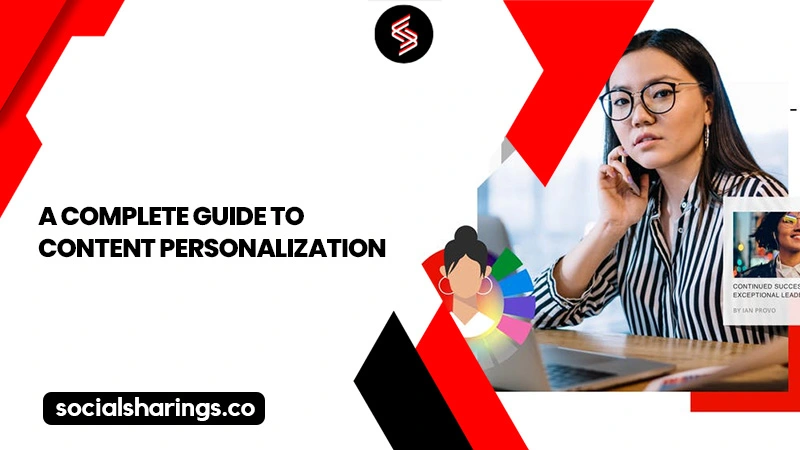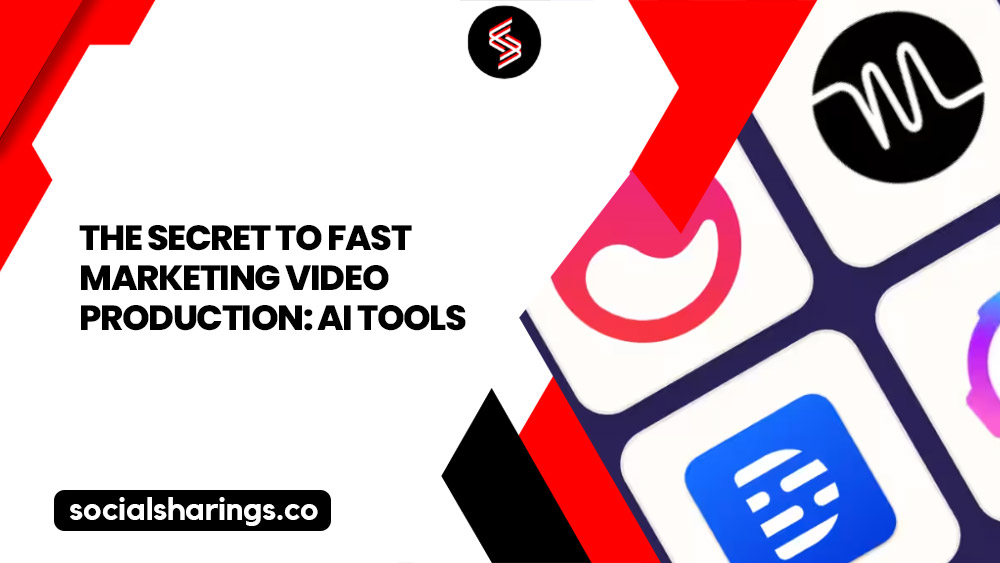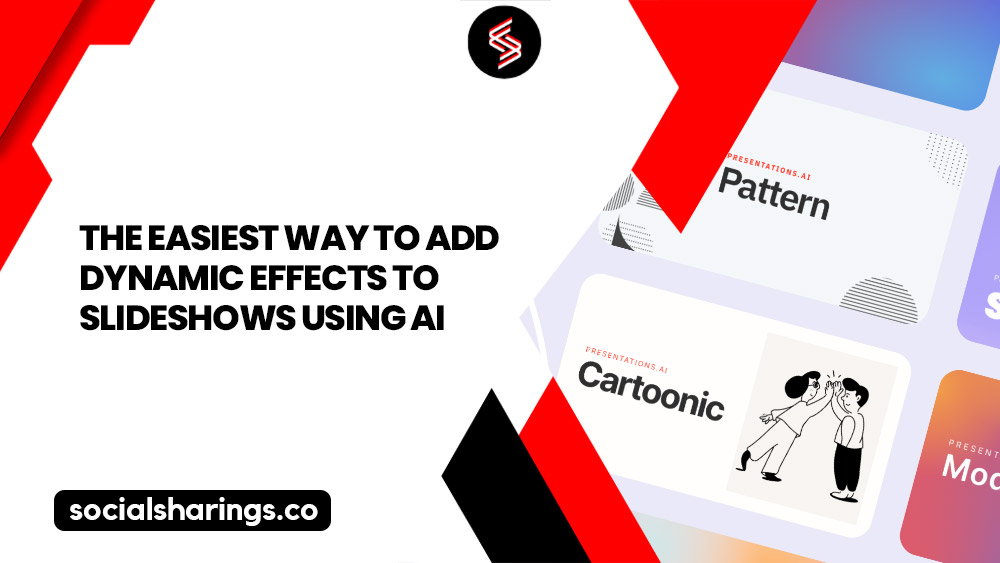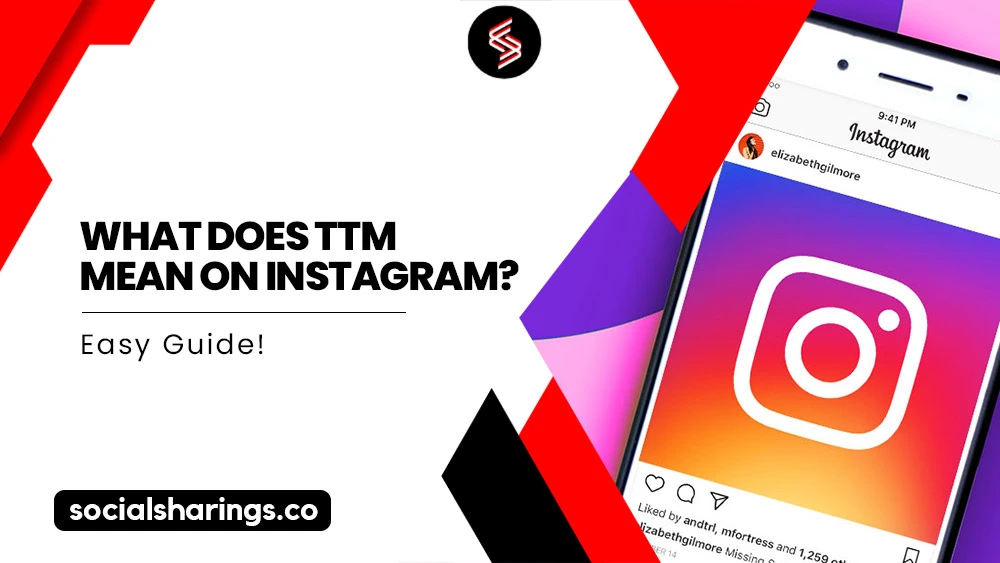Customer and business relationships have been rotating for quite some time.
Today, content personalization is the secret sauce for building strong relationships with your customers, with 3 out of 4 business owners believing that personalization in content marketing is no longer an option but a requirement.
A major reason for this is to meet customer expectations. 87% of marketers state that customers themselves look forward to some sort of personalized content.
If that’s what you’re aiming to achieve, I’ve discussed the best tips and techniques to tailor your content marketing effort according to the diverse segments of your customers.
Identify Your Customer Segments
In the words of Laura Ashley, founder of the textile design company, Laura Ashley, “We don’t want to push our ideas onto consumers; we simply want to make what they want.”

However, personalization has several different aspects and sides to itself, mainly because of the varied range of customers.
Here, I’ve shared a few ways you can identify your customer segments to personalize your content accordingly.
Market Research and Analytics
Getting to know your audience begins with extensive data analysis and market research. This way, you can collect valuable insights about your customer base, such as their preferences, needs, and behavior.
Leverage analytical tools, polls, or surveys for tracking online interactions, demographics, and buying patterns. With this data, you can create a foundation for targeted marketing strategies.
Pro Tip: 80% of customers readily share their personal data in return for deals and offers!
Create Buyer Personas
Once you’re armed with customer data, you can now create comprehensive buyer personas through market studies, social network analysis, and customer surveys.
These are fictional personalities based on the real data of your prospective customers.

You can assign them names, interests, ages, and challenges to obtain all-rounded insights.
Ultimately, these personas can assist with tailoring your content in order to address the unique pain points and impulses of your audience.
Map Out Your Customer’s Journey
A customer’s journey refers to the various stages of their buying process. This enables businesses to analyze their customer’s sales maturity and, hence, craft content accordingly.
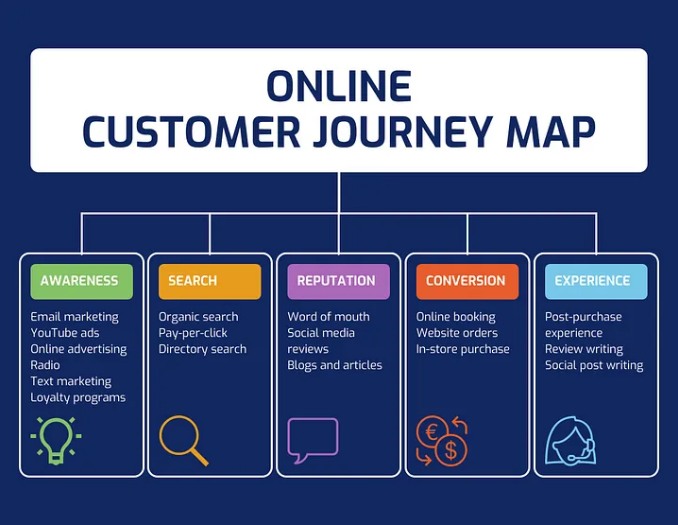
Segment Your Market
After studying your audience, it’s time to segment them into groups on the basis of age, gender, purchasing behavior, location, and interests. Each of your potential customers reacts differently to your messaging.
Segmenting them into groups can help your business create content that is designed for that specific group, ensuring the maximum impact of your content writing efforts.
Types of Personalized Content
You can only create audience-specific content (now quickly by using AI background generator) when you take the time to understand the demographics, interests, and behavior of your customers, as suggested above.
Once you’ve gathered all such data, it’s time to incorporate it into your content strategy. There are several types of personalized content pieces for your marketing strategy, as mentioned below:
1. Interactive Quizzes
Interactive quizzes are excellent tools for engagement. Laying the foundation for consistent interaction, such pieces are remarkable at establishing two-way communication.

Content that is relatable invites audiences to engage with them willingly, resulting in organic traffic to your website or your sponsor’s site.
Moreover, instead of formulating these quizzes manually, you can use softwares to craft them conforming to the audience insights you’ve gathered above to ensure relevance.
With 74% of companies enrolled in some sort of website personalization program, you can be assured that this is a reliable and stress-free way of creating personalized content.
2. Retargeted Ads
Facebook is a reigning platform that simplifies the use of ads to retarget audiences.

After publishing your posts, you can repurpose them as ads targeted to segmented audiences.
This not only works for your current customers but also for your previous visitors.
3. Gamification
Gamification replaces the boring and repetitive aspects of content marketing with fun and exciting characteristics.
Around 81% of users applaud gamified activities for boosting their sense of belonging.
Once you integrate technology into this concept, gamification can bring about an influx of customer data.
4. Email Marketing
Content that feels like it has been designed specifically for you can garner increased responses.
Therefore, content personalization is the leading technique used by brands to boost their engagement rates, with over 20% of marketers agreeing that personalization directly impacts engagement.

Plus, it is even known to increase your other email metrics, such as open and click-through rates, which eventually amplify revenue for your business.
Again, segmentation plays an integral role for brands, allowing them to send relevant emails designed specifically for each recipient group.
From brand offers to seasonal discounts and information about webinars, regardless of the purpose of your email, personalization ensures each of these offerings is sent only to recipients who would be interested in them.
5. Blogs
For blogs, it’s essential that they meet Google’s SEO requirements while providing personalized value to users.
The more relevant your content is for searchers, the greater its chances are of being featured on the top of its SERPs.

But personalization isn’t the only strategy you need to get right here. To impress Google’s crawlers, you also need to integrate relevant keywords and phrases and mobile-friendliness to your content and web pages.
In addition, including targeted pictures for specific audiences and designing content pieces and resources pertinent to your industry and niche also works wonders.
Furthermore, answering some of the web’s most frequently asked questions in your blogs not only builds brand authority but also amplifies traffic.
6. Landing Pages
75% of shoppers demand personalization to make website navigation easier for them. This is vital because landing pages are a hub for attracting purchases through compelling CTAs.

Hence, their content must provide pain points, product descriptions, and solutions that convince visitors to purchase the product.
7. Mapping Apps
Mapping apps enable brands to target customers depending on their location. This is convenient for customers looking for solutions in their vicinity – such as the best car wash near me.
Apps like Google Maps are not only adept at offering directions but also suggest recommendations conditional to a searcher’s preferences and interests. These can be gas stations, salons, supermarkets, restaurants, etc.
FAQs
Content personalization presents its fair share of challenges for businesses, some of which include the following:
1. Gathering and inspecting user data
2. Consistently crafting relevant and captivating content
3. Delivering multi-channel personalized experiences
4. Measuring the results of your personalization efforts
5. Ensuring that their personalization efforts don’t backfire by appearing too intrusive and damaging customer experience and brand reputation as a result.
Content personalization can be used for your brand’s email marketing efforts, product recommendations, website content, social media messaging, landing pages, calls-to-action (CTAs), and promotional offers according to the customer’s location, job role, or industry.
Conclusion
In the rat race of optimizing their marketing strategies to attract customers, brands that can show they care about their customers and will listen to them are the ones that ultimately take the medal.
And what better way of showing customers you matter than by personalizing your efforts?
This creates a smooth and interactive experience for prospects, encouraging them to spend time on your website and proceed down the funnel.
89% of marketers have seen improvements in their ROI when adopting personalization techniques for their campaigns.
If that’s something you wish to achieve, I’d suggest hopping on the train of content personalization and making the most of this content marketing trend while you can.
Read more blogs:


